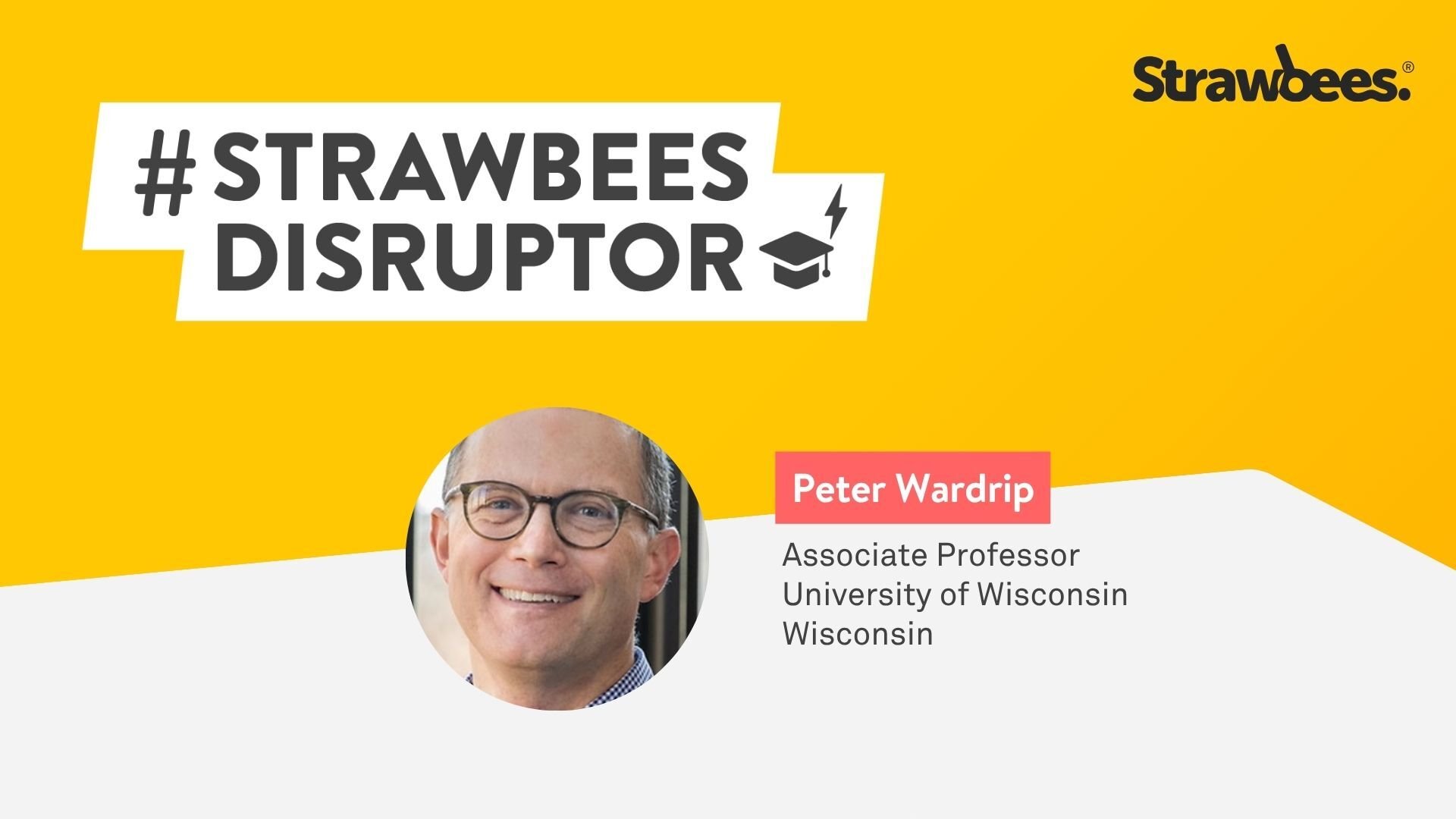Hands-On Learning for Innovation
Makerspaces are dynamic environments where students, educators, and communities come together to explore, create, and innovate.
By integrating STEM activities into makerspaces, learners develop critical problem-solving skills, creativity, and hands-on experience with technology and engineering concepts.
Whether in schools, libraries, or community centers, STEM-powered makerspaces inspire curiosity and prepare students for future careers in science, technology, engineering, and mathematics.
At Strawbees, we support makerspaces with engaging, hands-on learning tools that foster innovation and collaboration.
Three Key Benefits of Implementing STEM in Makerspaces
There are many reasons to implement STEM education in libraries but we've highlighted three primary reasons below including encouraging hands-on learning, fostering creativity and innovation, as well as building collaboration and community engagement in those collaborative environments.
Reasons to Implement STEM in Makerspaces
Encouraging Hands-On, Experiential Learning
What we know:
- STEM-focused makerspaces provide an environment where learners engage in hands-on exploration.
- Through trial and error, students develop resilience, adaptability, and critical thinking skills essential for problem-solving.
- According to the Journal of Science Education and Technology, because of it's hands-on learning approach, makerspaces influence students' creative and thinking skills.
Fostering Creativity and Innovation
What we know:
- Makerspaces encourage students to think outside the box and develop creative solutions to real-world problems.
- Learning through involvement in Makerspaces causes the development of skills in a number of areas including: digital technical proficiency, design thinking, problem solving and more according to research.
- Utilizing engineering kits, robotics and coding tools, learners can engage in open-ended projects that promote ingenuity and technical skills.
Building Collaboration and Community Engagement
What we know:
- STEM makerspaces provide a collaborative environment where students work together, share ideas, and learn from one another.
- This teamwork helps foster communication, leadership, and social-emotional skills while creating a sense of community.
- According to research, Makerspaces offer a unique opportunity for young learners to take on the role of STEM practitioners.
STEM in Makerspaces with Strawbees
Strawbees has had a significant impact on STEM in makerspaces. Our hands-on, innovative approach to teaching STEM empowers students to build, create, and collaborate—skills that are essential for their future success.
Implementing STEM in Makerspaces
Peter Wardrip has been working in education for 12 years including children's museums and now focuses on teaching educators on how to design professional learning experiences.
If anyone knows how to make a makerspace come to life, it's Peter Wardrip.

What Educators Say
Here’s what educators are saying about their experiences:
“Strawbees lends itself to a short amount of time for engagement. With Strawbees, the learner is at the center of the experience.”

Peter Wardrip
Associate Professor, University of Wisconsin
“Strawbees has versatility because it can be used in so many things. Summer STEM camps, Gifted and Talented, libraries, regular classrooms. It isn't pigeonholed to one level.”

Holly Landez
Director of Digital Learning, Copperas Cove ISD
"Open ended, creative playfulness, higher end construction, building, design, robotics and everything in between. Strawbees is so versatile, the possibilities are endless."

Judy Bowling
Instructional Technical and Library Consultant
Pocketful of Ideas
With Strawbees, anyone running a Makerspace can simply provide the building materials for visitors and students to create and iterate. But Strawbees Classroom also provides quick and easy lessons that individuals can try, including our Pocketful of Ideas cards which provide a number of challenges that individuals can attempt.
.jpg?width=1000&height=667&name=Strawbees_pocketful%20of%20idea%20(1).jpg)
Makerspace STEM Grants
Finding funding for STEM and STEAM education can be challenging, but there are a range of grants and funding sources to support hands-on learning initiatives for makerspaces wanting to implement STEM lessons.
Many states offer grants to fund makerspace development in schools, libraries, and community centers. These grants provide resources for equipment, training, and curriculum development.
Some useful resources include:
Applying for these grants can help establish or expand makerspaces that promote STEM learning.
National organizations offer funding opportunities to support makerspace initiatives, covering everything from equipment to educator training.
Examples of national-level grants include:
These grants help schools and community organizations develop sustainable makerspaces that empower learners with essential STEM skills.
How We Can Help with Grant Applications
If you're looking for funding to bring hands-on STEAM learning to your students, we do have a grant writing webinar you can watch to help support you.
Next Steps
Integrating STEM into makerspaces creates engaging and collaborative learning environments where students can experiment, build, and innovate.
Through hands-on learning, creativity, and teamwork, makerspaces prepare students for the future by fostering essential problem-solving skills.
At Strawbees, we are committed to supporting makerspaces with tools and resources that inspire exploration and invention.
